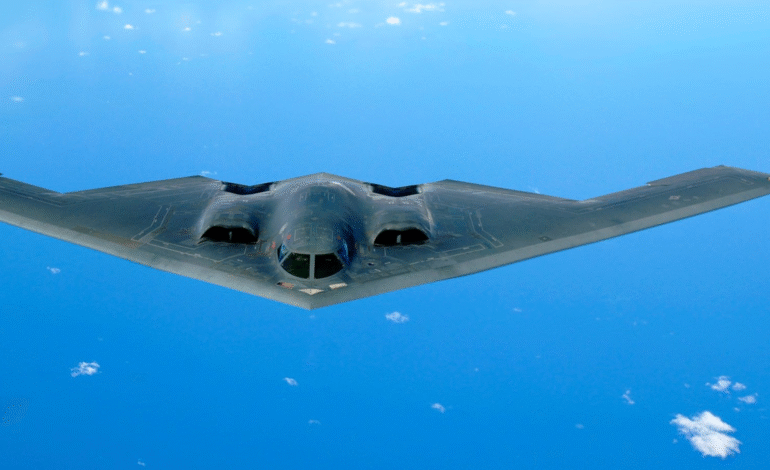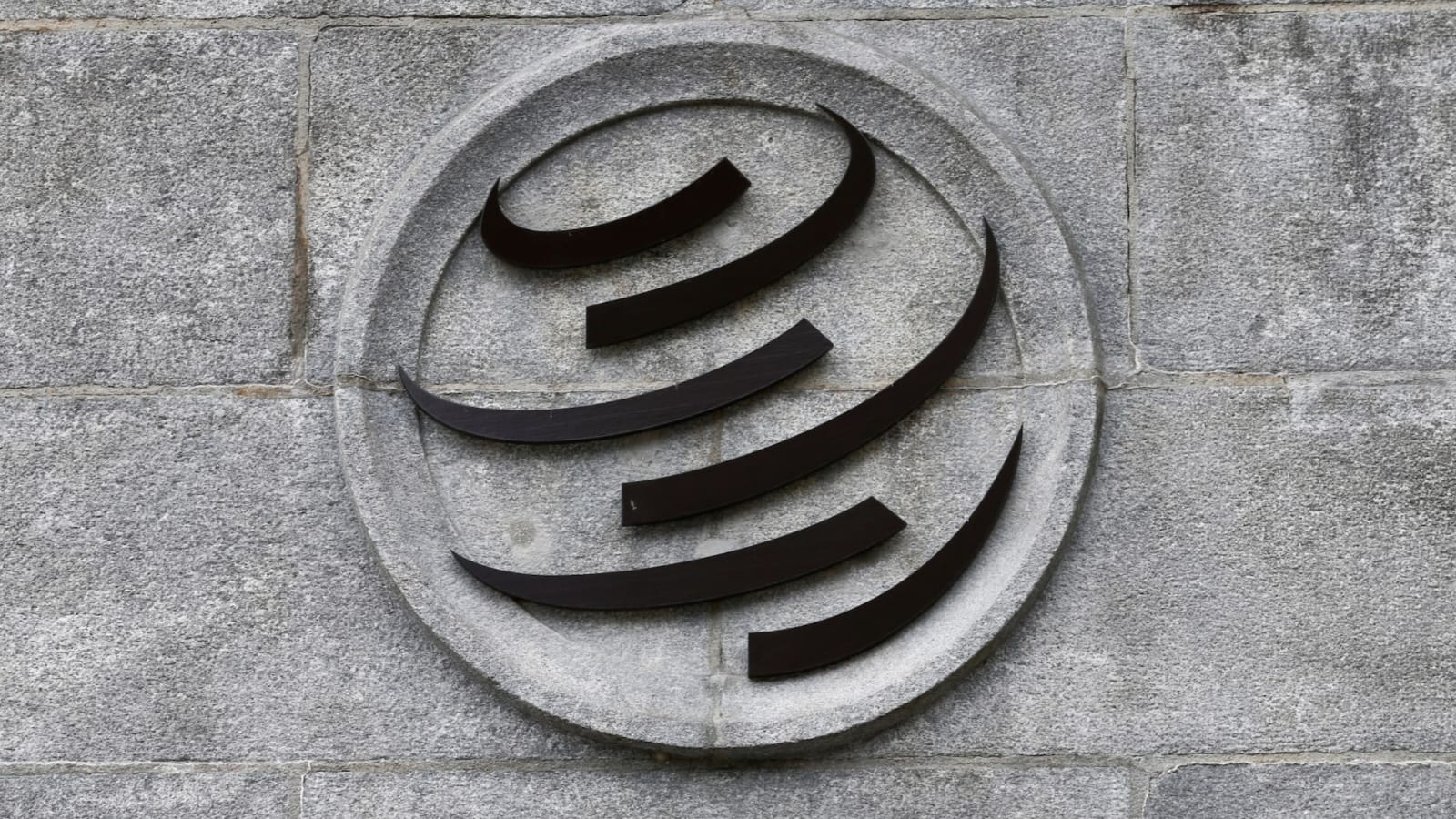US Strikes Iran Nuclear Sites With B-2 Bombers, Tomahawks

In a development that has shaken the Middle East and stirred global diplomatic corridors, the United States has conducted a high-intensity military strike on three of Iran’s critical nuclear facilities. The targeted sites—Fordow, Natanz, and Esfahan—were hit with a combination of air-launched and sea-based weaponry, including stealth bombers, bunker-busting bombs, and cruise missiles. The airstrikes, confirmed by US President Donald Trump, come amid rising regional tensions, and have left the international community on high alert.
What makes this incident especially significant is the strategic depth of the strike. The US has used some of its most advanced military technology, including the elusive B-2 Spirit stealth bombers and the devastating GBU-57 Massive Ordnance Penetrators, often referred to as “bunker busters.” In tandem, US submarines launched Tomahawk cruise missiles, adding a naval dimension to the operation. Fighter jets, including F-22 Raptors and F-35A Lightning II aircraft, supported the mission to ensure air dominance.
Iran, in its first reaction, dismissed claims of severe damage and denied reports of nuclear contamination. While the full extent of the damage is yet to be independently verified, both the Iranian and American narratives are being closely scrutinized. The stakes now lie in Tehran’s response, which could either ignite further confrontation or open avenues for renewed diplomacy.
High-Value Targets: Why Fordow, Natanz, and Esfahan Matter
The US strikes focused on three well-known Iranian nuclear sites, each symbolizing a pillar of Iran’s enrichment capability. Fordow, built under a mountain near Qom, has long been considered one of Iran’s most secure enrichment sites. With over 2,000 centrifuges, the facility has been a focal point of international concern, particularly since Iran resumed enrichment there in defiance of the 2015 nuclear accord.
Natanz is perhaps Iran’s most recognized nuclear site and has previously been targeted by sabotage, including the infamous 2010 Stuxnet cyberattack. In recent years, Natanz has been the site of fast-centrifuge deployments, putting it at the heart of international scrutiny. Esfahan, on the other hand, functions as a uranium conversion facility and a research hub. The choice of these targets suggests a clear aim to paralyze Iran’s uranium enrichment capabilities.
B-2 Spirit Stealth Bombers: The Attack’s Silent Enforcers
Six B-2 Spirit bombers were reportedly used in the strike, flying directly into Iranian airspace with near-zero detection. Known for their bat-like design and radar-absorbing material, the B-2 is one of the most sophisticated aircraft ever built. Each aircraft costs roughly $2.1 billion and represents cutting-edge American military engineering.
The B-2’s capability to avoid radar detection, coupled with its long-range precision strike ability, made it the ideal platform for this operation. The bombers likely departed from bases in the Indian Ocean or from the US-operated Al Udeid Air Base in Qatar, home to forward-deployed strategic bombers. According to defense analysts, the deployment was a showcase of stealth dominance, aimed at penetrating one of the world’s densest missile defense zones.
The aircraft’s ability to carry both nuclear and conventional payloads further enhances its strategic importance. However, in this instance, there is no evidence that nuclear payloads were part of the mission. Instead, the focus was on deep-impact munitions like the GBU-57.
GBU-57: The World’s Most Powerful Bunker Buster Bomb
At the heart of the strike lay the GBU-57 Massive Ordnance Penetrator (MOP), one of the most destructive non-nuclear bombs in the US arsenal. Weighing around 30,000 pounds (13,600 kilograms), the MOP is designed to destroy reinforced bunkers and facilities buried hundreds of feet underground. It is built to survive extreme stress, penetrate deep into the Earth, and detonate only after breaching layers of concrete and rock.
The GBU-57 is approximately 20 feet long and 2.6 feet in diameter. Its blast radius is optimized not for surface explosions but for subterranean destruction, making it perfect for facilities like Fordow, built into a mountainside. It was developed by the Air Force Research Laboratory with testing and design assistance from Boeing.
Reports suggest that twelve GBU-57s were deployed during the attack. Given Fordow’s fortified nature, multiple strikes were likely needed to ensure successful penetration. Their use in this operation underscores a serious intent: not just to send a message, but to operationally degrade Iran’s nuclear capacity.
Tomahawk Cruise Missiles: Strategic Precision From the Sea
While the aerial campaign dominated headlines, the strike also featured 30 Tomahawk cruise missiles launched from US Navy submarines. These long-range, precision-guided missiles were fired from Virginia- and Los Angeles-class attack submarines positioned in the Arabian Sea. With a range exceeding 1,500 kilometers, Tomahawks are known for their ability to loiter in target zones and change course mid-flight using satellite communication.
First deployed during Operation Desert Storm in 1991, Tomahawk missiles have seen action in conflicts across Iraq, Libya, and Syria. Their advantage lies in accuracy and minimal risk to pilots, as they are fired from remote naval platforms. In this instance, the missiles were reportedly used to destroy peripheral infrastructure around the nuclear facilities—power generators, communications arrays, and air defense radars—ensuring that the primary targets could be struck with minimal resistance.
F-22 Raptors and F-35A Lightning II: Controlling the Skies
To ensure the B-2 bombers and cruise missile routes remained uncontested, the US deployed F-22 Raptors and F-35A Lightning II jets for air dominance and electronic warfare. These fifth-generation fighters are known for their agility, stealth, and situational awareness.
The F-22 Raptor, capable of flying at supersonic speeds without afterburners, was tasked with engaging or deterring any airborne threats. Its stealth features made it an ideal escort for the B-2s, protecting them from Iranian aircraft or surface-to-air missile systems.
The F-35A Lightning II joined the mission to provide precision-strike and ground attack capabilities. With a payload capacity of over 8,000 kg and equipped with sensors that offer real-time battlefield data, the F-35A likely played a role in confirming target elimination and guiding precision weapons. These aircraft also contributed to suppressing electronic defenses, ensuring mission success with limited exposure.
Information Warfare: Narratives and Global Reactions
As missiles fell, a parallel information war took shape. US President Donald Trump claimed that the targeted facilities had been “totally obliterated,” whereas Iranian officials insisted that no radiation leaks or enrichment damage had occurred. With no independent verification immediately available, the global community remains cautious in accepting either version at face value.
However, the physical nature of the weapons used—especially the GBU-57—suggests significant structural damage is likely. Multiple defense think tanks have called for satellite imagery to assess the scale of impact. Meanwhile, world leaders, including those from the EU and the UN, have urged restraint and dialogue, fearing regional escalation.
Crude oil prices spiked briefly as markets reacted to fears of an expanding conflict that could disrupt global energy supplies. Countries reliant on Persian Gulf trade routes are particularly concerned, with diplomatic channels now buzzing in capitals across Asia and Europe.
Tehran’s Strategic Crossroads: To Respond or Withhold?
Iran now faces a dilemma. A forceful retaliation could risk wider military engagement with Western powers, while a subdued response may be viewed domestically as capitulation. In past confrontations, Iran has favored asymmetrical tactics—cyberattacks, proxy strikes, and covert retaliation.
Military analysts suggest Tehran may not retaliate immediately but could engage in strategic patience. It may also seek support from international forums, portraying the strike as aggression in violation of international norms.
Whether Iran chooses to counter directly, retaliate covertly, or pursue diplomatic arbitration will significantly influence the region’s trajectory.
Final Thoughts: Global Stakes and the Path Forward
The recent US strike on Iran’s nuclear facilities marks a high-stakes moment in global geopolitics. The use of stealth bombers, bunker busters, and cruise missiles signifies a calculated decision to send a message while avoiding civilian casualties and wider collateral damage.
As the dust settles, questions remain—not only about the scale of damage but also about what comes next. The world’s major powers are watching closely, hoping to prevent an escalation that could spiral into a broader regional conflict.







